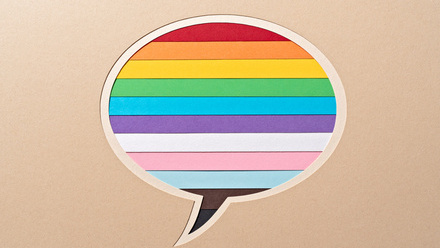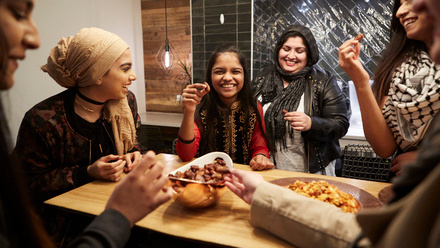In dietetics, we discuss barriers and facilitators to patients reaching their goals, but we have yet to overcome a huge barrier in the profession to work on our shared goal of quality care – a lack of diversity.
Food, diet and health beliefs are part of the handful of choices that are so heavily influenced by our cultures and traditions, including where we shop, what we eat, how we prepare our food and even how much we eat.
It’s why this year’s Dietitians Week, which centred on “what dietitians do” in terms of their varied roles, got me thinking about diversity in dietetics from a different perspective: the ethnic diversity of the workforce.
Why does it matter, and why is diversity important?
With current events shining a light on racial inequality in many industries, the need for diversity in dietetics has been brought to light, with the concern that the workforce is neither representative nor attuned to the diverse cultures and ethnicities of the patients we treat.
Increasing the diversity of our workforce is not only essential, but it adds value and enhances dietetic practice. A significant part of our work is to connect with our patients and establish a positive patient-dietitian relationship. A component which is often needed to build rapport is the ability to relate to another individual, and with increased diversity in dietetics it means that patients’ opportunities to see someone who understands their needs and connects with them also increases. In turn, this can elevate the quality of care, and create a progressive move towards health equity.
While dietitians are trained and proficient in communication skills, there are some barriers which are evidently easier to break if the diversity of dietitians is increased, such as language barriers. Although interpreters may be available, they come with challenges of their own such as accessibility, communication errors and misinterpretation. There is undoubtedly a benefit of having interpreters when necessary, but the value of having language-concordant dietitians is underestimated. I got to experience this first-hand during a clinical placement.
I attended a consultation with a paediatric oncology dietitian to see a family with a young child who has acute lymphoblastic leukaemia; the referral was for weight loss and reduced appetite. The family attended with an interpreter, and this family was of the same ethnicity as me, although I had not shared that at this point. As I went on with my assessment for the patient, I handed over to the dietitian who then began to discuss the plan with the family, and this was communicated through the interpreter.
The patient’s mother was very quiet throughout the consultation and she must have picked up that I understood the language as the interpreter spoke, she smiled in relief and almost immediately began to open up to me about her concerns. By opening up and breaking those barriers it increased patient/family reporting, satisfaction and quality of care. These are just a few of the benefits that having a diverse workforce can bring to us.
Why culture and ethnicity matter so much in dietetics
As well as diversifying the workforce, it’s equally important to develop our cultural competency to provide tailored solutions. The definition of what dietitians do is to translate scientific research on food, health and disease into practical guidance that supports individuals with making appropriate food and lifestyle choices.
Currently the resources and recommendations for healthy diets are very Eurocentric and, although this is down to current research and the evidence base, it’s our job to help people recognise the food choices that are appropriate for them as individuals, and which align with their beliefs and lifestyles. By making dietary plans without considering patients’ cultures, we’re potentially making recommendations that entirely dismiss significant barriers or facilitators to behaviour change, and so it’s important to value culturally-sensitive recommendations which patients might be more receptive to.
As I reflected on how we can improve our interactions with patients of minority ethnic backgrounds, particularly as student dietitians, I put my own spin on the Dietetic Assessment Process (ABCDEF). Having this process makes it easier for me to remember what to assess and so I used the same format to compile some of the key things we should consider when working with patients of diverse and ethnic minority backgrounds:
A – Avoid making assumptions or generalisations
B – Build rapport and ask about the patient’s lifestyle
C – Collaborate with your patient to set goals
D – Diversify your knowledge of food from other cultures
E – Encourage patients to bring labels of traditional food
F – Facilitate opportunities to talk about culture and beliefs
We recommend and recognise the benefit of diversity and colour in our diets, and we should emphasise this same value for our profession as a whole. It’s time to embrace diversity in dietetics.





